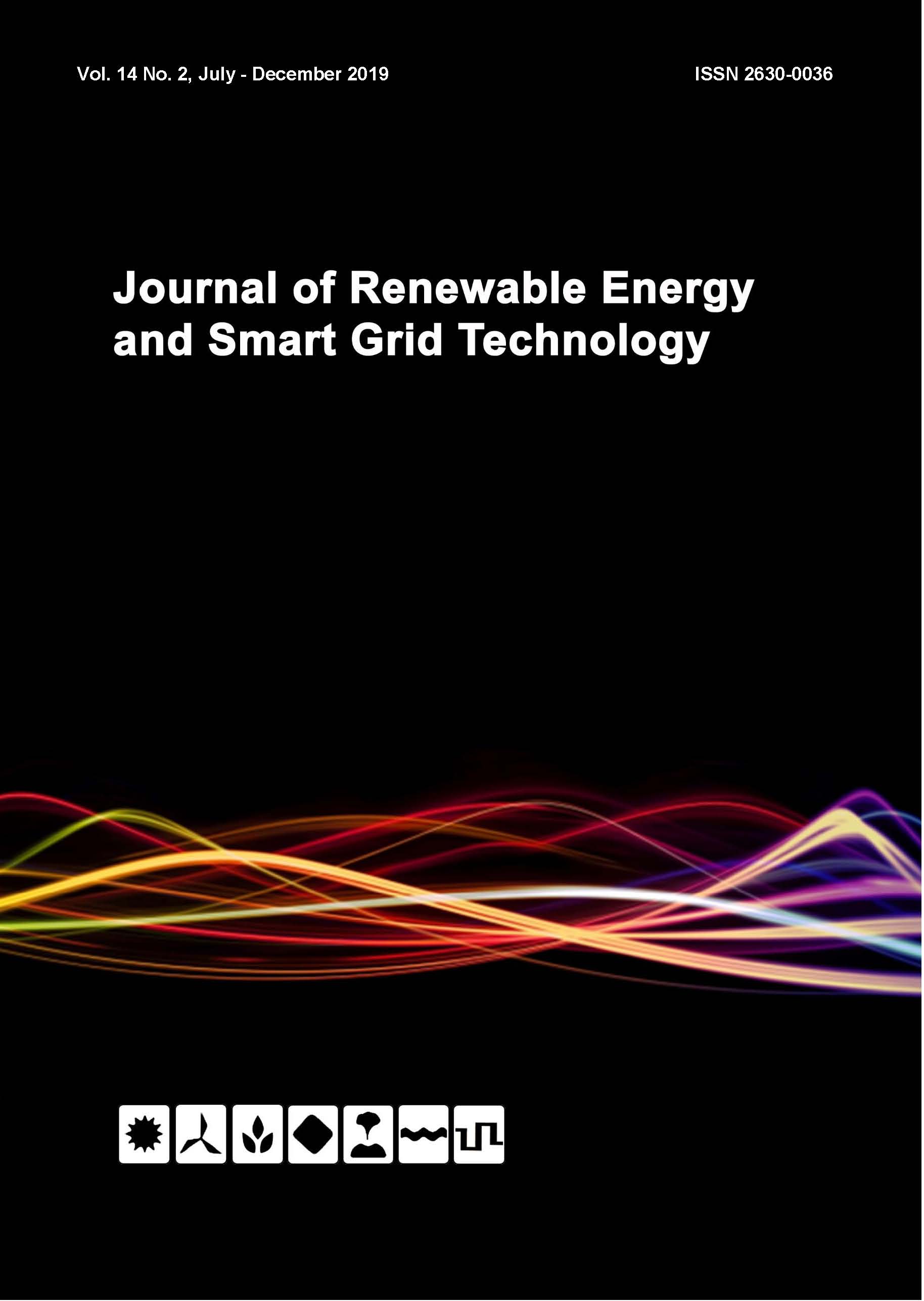Guideline for Future Policy-making to Jointly Develop Renewable Energy in China and ASEAN
Keywords:
Guideline, Policy making, renewable energyAbstract
Rapid economic and population growth of the ASEAN countries have solidly driven a solid growth in energy consumption. There is a widespread consensus in the ASEAN region that indigenous fossil fuel resources are insufficient to meet the rapid growth in energy demand brought about by the rapid population and economic growth in population, and that renewable energy is increasingly the least-cost option for energy supply, particularly for power production. To encourage development of renewable energy, most ASEAN countries had adopted supportive policies. However, it is still not clear how these policies have affected the renewable energy industry and what should be the direction of future policy-making to promote the development of the renewable energy industry. Therefore, this paper aims to analyse how current policy frameworks have affected the renewable energy development to provide guidelines for future policy-making. This is a participatory research involving collection of data from both primary and secondary sources. Primary data collection involved a survey using a questionnaire for 408 respondents consisting of government officials, researchers and entrepreneurs. It included interviews for 24 of them. Secondary data were collected from reports from the ASEAN Centre for Energy and related documents acquired from ASEAN governments. Information collected through the questionnaire were analysed quantitatively: value of Mean, Standard Error of Mean, Standard Deviation (Std.) and Variance for each question asked were calculated. Information collected from interviews were analysed qualitatively. The results showed that although governments of China and 5 middle-income ASEAN countries had national-wide policies or regulations to encourage the development of renewable energy, the accessibility, feasibility and sustainability of current incentive policies were not sufficient enough for future development of the industry. In conclusion, this paper proposed five aspects to guide future policy-making in ASEAN and China to develop the renewable energy industry and encourage cooperation between ASEAN and China.
References
[2] ASEAN Centre for Energy. (2015). The 4th ASEAN Energy Outlook 2013-2035. Jakarta, Indonesia: ASEAN Centre for Energy.
[3] The Paris Agreement. (2015). United Nations: Conference of the Parties Twenty-first session, Paris, France, pp.1-32.
[4] International Renewable Energy Agency (IRENA)& ASEAN Centre for Energy (ACE). (2016). Renewable Energy Outlook for ASEAN: a REmap Analysis, Abu Dhabi and ASEAN Centre for Energy (ACE), Jakarta.
[5] Guidelines for The Selection Process of Renewable Energy Projects Under Feed-In Tariff System and The Award of Certificate For Feed-In Tariff Eligibility. (2013). Philippine: Department of Energy.
[6] Energy White Paper. (2013). Brunei Darussalam: Energy Department, Prime Minister’s Office, Brunei Darussalam.
[7] Energy Innovation Research Programme. (2015). Singapore Energy Innovation Programme Office.
[8] Sarantakos, S. (2005). Social Research, 3rd edition, Hampshire: Palgrave Macmillan.
[9] Sustainable Energy Development Authority Act 2011. (2011). Malaysia: Sustainable Energy Development Authority (SEDA).
[10] National Electric Power Development Plan for 2011-2020. (2011). Vietnam: Ministry of Industry (MOI).
Downloads
Published
How to Cite
Issue
Section
License
All copyrights of the above manuscript, including rights to publish in any media, are transferred to the SGtech.
The authors retain the following rights;
1. All proprietary rights other than copyright.
2. Re-use of all or part of the above manuscript in their work.
3. Reproduction of the above manuscript for author’s personal use or for company/institution use provided that
(a) prior permission of SGtech is obtained,
(b) the source and SGtech copyright notice are indicated, and
(c) the copies are not offered for sale.









